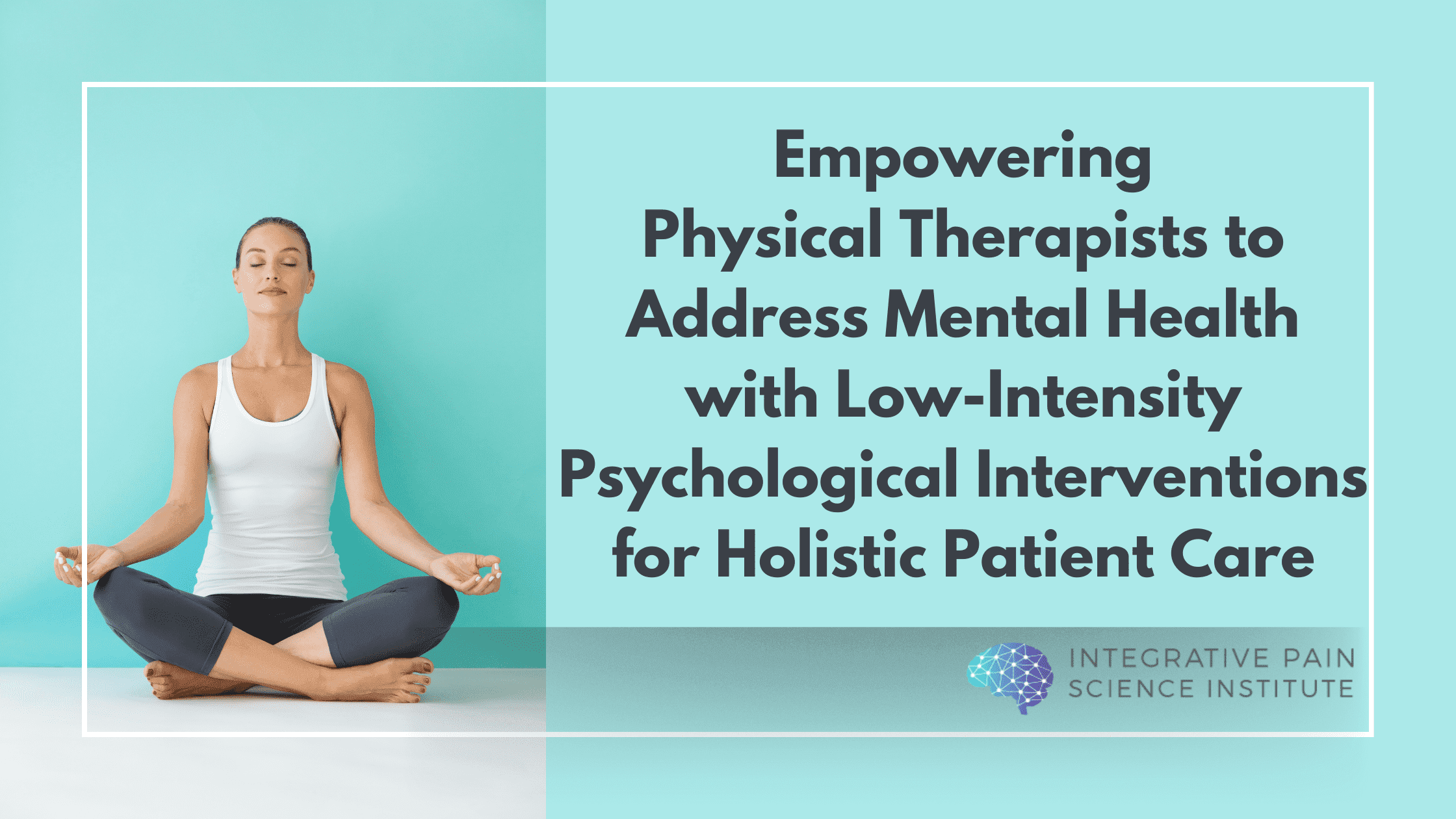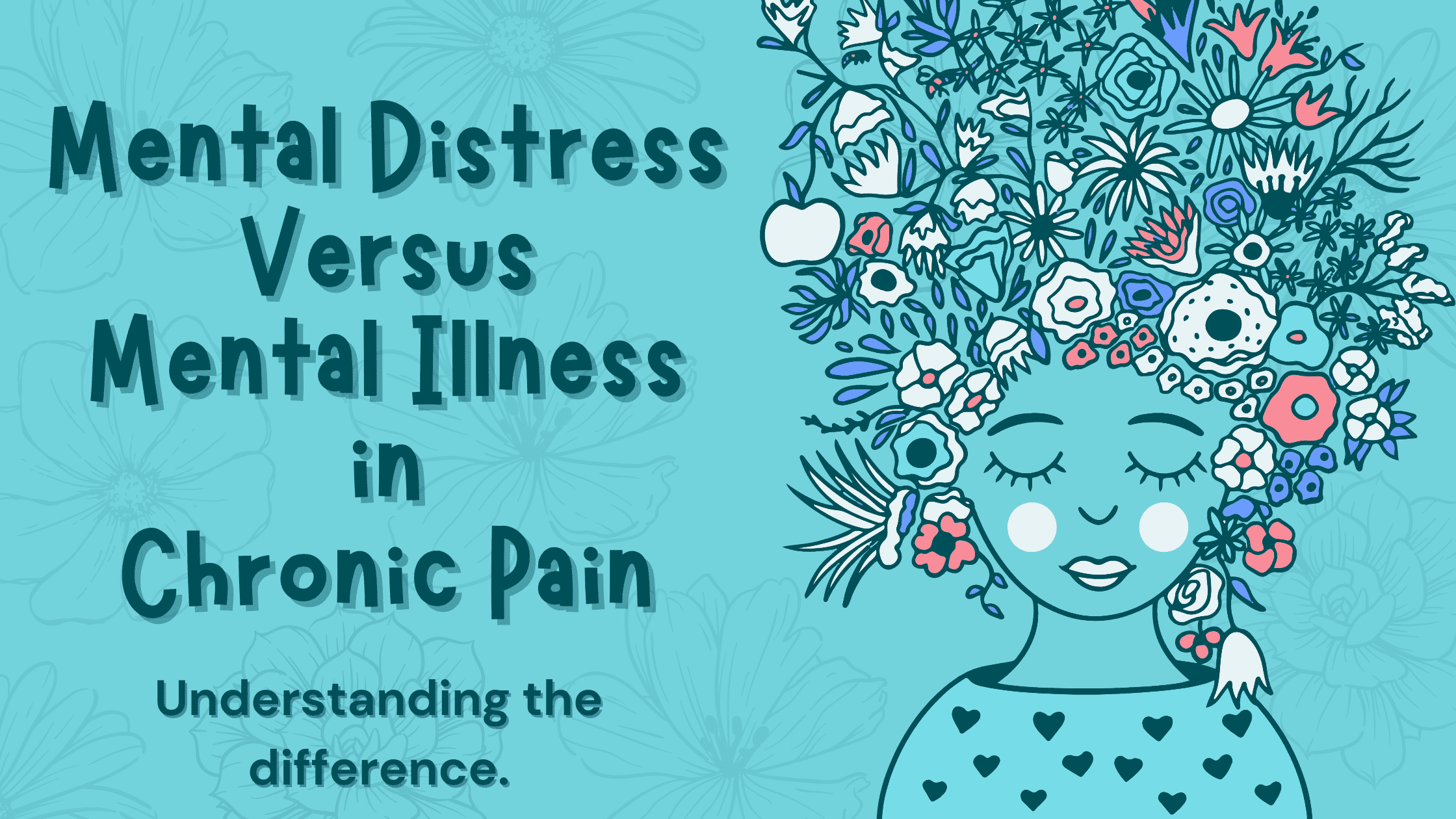White bread is bad. Whole grains, legumes, and nuts are good.
Simple, right? Well, yes. Mostly. Kind of. Except for something called phytic acid, which is one of the inconvenient anti-nutrients that we have to contend with when it comes to whole, unprocessed food. (Lectins are another anti-nutrient that can wreak havoc on our systems.)
What Exactly Is Phytic Acid and Why Is It a Problem?
Phytic acid is the main way that phosphorus is stored in many plants, especially the bran portion of grains and other seeds. This stored form of phosphorus is not readily bioavailable to us humans. So far that wouldn’t seem reason enough to call it an “anti-nutrient.”
The problem is that the phytic acid molecule binds with minerals from food in the gastrointestinal tract, including calcium, magnesium, iron, zinc, chromium, and manganese. This makes the minerals unavailable to us for assimilation. (Once it binds to the minerals, the phytic acid is referred to as a phytate.)
The number of minerals that are blocked from absorption increases in proportion to the amount of phytic acid in the food. Fortunately, phytic acid only chelates (or “robs”) the minerals from food in the digestive tract, but it doesn’t take minerals that are already stored in the body.
Not only does phytic acid chelate important minerals, but it also acts as an enzyme inhibitor. This means that it blocks the ability of certain enzymes that we need in order to digest our food, including pepsin and trypsin (which help us digest protein), and amylase (which breaks down starch).
Because of this, high-phytate diets can result in mineral deficiencies. In turn, mineral deficiencies can result in pain syndromes like fibromyalgia. Osteoporosis is another consequence of mineral deficiencies. Even rickets can develop, and although we may not think of rickets as a common issue anymore, it does still arise in populations that heavily rely on grains as their main staple.
Which Foods Contain Phytic Acid?
Phytic acid is found in beans, seeds, nuts, and grains. This is one of the arguments for avoiding legumes and grains in the Paleo diet. By avoiding grains and legumes, you can lower your overall intake of phytic acid. (Ironically, processed white flour products contain far less phytic acid – but that isn’t a reason to start stocking up on processed foods!)
But the Paleo diet does still allow for nuts and seeds, and in many cases, nuts and seeds have even more phytic acid than legumes and grains. Some people may find themselves overdoing it with nuts, nut butters, and nut flours when going Paleo, which can be defeating the whole purpose.
How Much Is Too Much?
Different people react to foods differently, and when it comes to phytates that’s especially true. People who have healthy levels of beneficial bacteria in their gut have healthy levels of phytase (an enzyme produced by gut bacteria that digests phytic acid.) This enables those people to consume more phytates without any adverse reactions.
It’s even possible that phytic acid can be beneficial, having antioxidant properties that fight cancer cells and heart disease.
However, phytates can cause problems in many people because of the mineral-binding, enzyme-blocking effects. If you suffer from digestive trouble, mineral deficiencies, or body pain, you should try to limit your phytate intake as much as possible.
Ideally, you want to limit your intake to 100-400 mg per day. To put this into perspective, a handful of Brazil nuts, almonds, hazelnuts or walnuts (which are the highest sources of phytates) contain a whopping 700-1700 mg of phytates. That’s why it’s important to eat nuts and seeds in moderation, and to prepare them properly by following the strategies outlined below. This is most crucial for those following a paleo autoimmune protocol.
You don’t have to worry about avoiding phytates completely (that wouldn’t really be possible anyway). Instead, you can follow the strategies outlined below to reduce the total amount of phytates you consume.
How to Reduce Phytic Acid
If you choose to go Paleo and avoid grains and legumes completely, that will help immensely. Just be sure to go easy on nuts and seeds.
If you do choose to eat grains and/or legumes, there are a number of ways you can reduce the phytic acid content.
Soak grains in fresh, filtered water with a squeeze of lemon juice or a splash of apple cider vinegar at very warm temperatures. Nuts should be soaked for eighteen hours, dehydrated at very low temperatures and then roasted.
Sprouting is the most effective way to reduce phytic acid in legumes, but this process does not get rid of all of it. It’s also helpful to sprout at warmer temperatures (such as an oven warmed only by the pilot light) and to sprout for several days.
Cooking beans and grains also helps to remove more of the phytic acid after sprouting or soaking. You can also boost the mineral content of your meals by adding some kombu seaweed or a handful of bitter greens (like dandelion greens) to the pot.
It’s important to keep in mind that you can’t completely avoid phytic acid, and of course, it isn’t helpful to stress about it either. Being informed is an important first step, and from there you can prepare and choose your foods with the goal of achieving optimal health.
Ready to get started?
Download your Healing Foods Checklist and Shopping Guide now!
In health,
Dr. Joe Tatta, DPT, CCN
References
http://www.ncbi.nlm.nih.gov/pubmed/1657026
http://www.westonaprice.org/health-topics/living-with-phytic-acid/
http://www.ncbi.nlm.nih.gov/pubmed/2998440
http://www.ncbi.nlm.nih.gov/pubmed/8777015
This website uses cookies so that we can provide you with the best user experience possible. Cookie information is stored in your browser and performs functions such as recognising you when you return to our website and helping our team to understand which sections of the website you find most interesting and useful.



